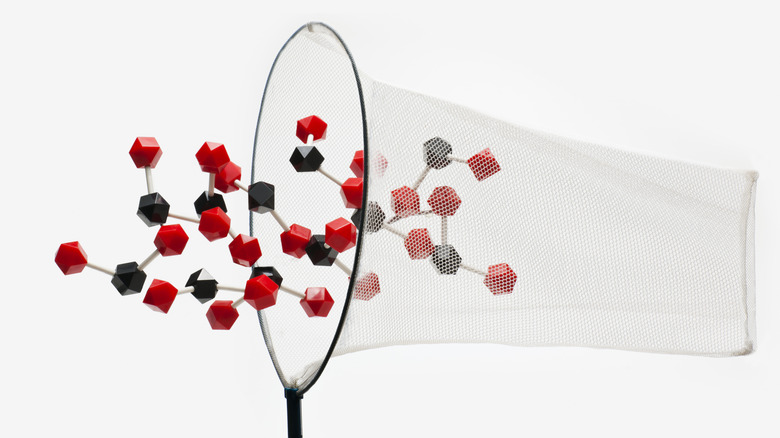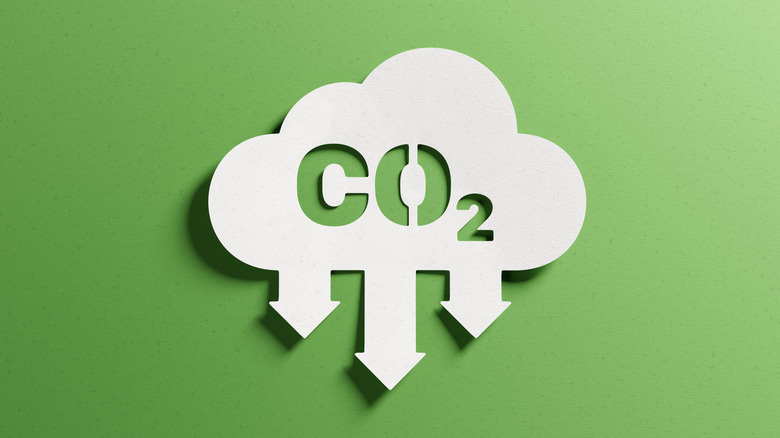The Porous Powder That Can Capture CO2
The carbon dioxide that humans produce is one of the key causes of global warming, and reversing the overwhelming presence of this greenhouse gas has been the focus of environmental efforts for decades. One method of reversal has been direct air capture, but current technologies only work for flue gas exhaust — such as that from high pressure boilers and power plants — which has a high concentration of CO2. That's why it's so exciting that scientists have created a porous, yellow powder that can capture lower concentrations of the gas from ambient air.
In a paper published in Nature, researchers at the University of California, Berkeley outline how COF-999, a strong covalent organic framework they created with colleagues in Chicago and Germany, can capture carbon dioxide out of open air. This COF is held together with some of nature's strongest chemical bonds — covalent carbon-nitrogen and carbon-carbon double bonds — and its pores contain amines, which allow for greater CO2 uptake.
Omar Yaghi, senior author of the paper and UC Berkeley's James and Neeltje Tretter Chair Professor of Chemistry, said in a press release, "We took a powder of this material, put it in a tube, and we passed Berkeley air — just outdoor air — into the material to see how it would perform, and it was beautiful." The CO2 levels in the air as it entered ranged from 410 to 517 parts per million, and the team ran 100 cycles with no visible deterioration to the material. "It cleaned the air entirely of CO2. Everything," Yaghi added, "I am excited about it because there's nothing like it out there in terms of performance. It breaks new ground in our efforts to address the climate problem."
How COF-999 can be used to ease global warming
To prevent some of the worst effects of carbon dioxide on air pollution and global warming, scientists say that CO2 levels need to remain below 450 parts per million. The concentration is getting close already based on readings by Hawaii's Mauna Loa Observatory: It was 426 parts per million as of January 7, 2025. Fortunately, the new COF-999 material can be incorporated into the carbon capture technologies that are already being tested or used.
Zihui Zhou, the first author on the Nature paper and a UC Berkeley graduate student, explained in the press release, "Currently, the CO2 concentration in the atmosphere is more than 420 ppm, but that will increase to maybe 500 or 550 before we fully develop and employ flue gas capture. So if we want to decrease the concentration and go back to maybe 400 or 300 ppm, we have to use direct air capture." It only takes less than half a pound of the material, he said, to capture the same amount of carbon dioxide absorbed during photosynthesis by a tree in a year, which could bring the air back to what it was 100 years ago.
Also, Zhou noted that the new COF-999 material can capture CO2 10 times faster and release it at cooler temperatures than other direct air capture technologies. On top of that, the newest version that the team is working on has been put through 300 cycles without deterioration, a sign that it could go through thousands of cycles without wear. Meanwhile, Yaghi said that the team is on track to double the material's capacity in 2025.

